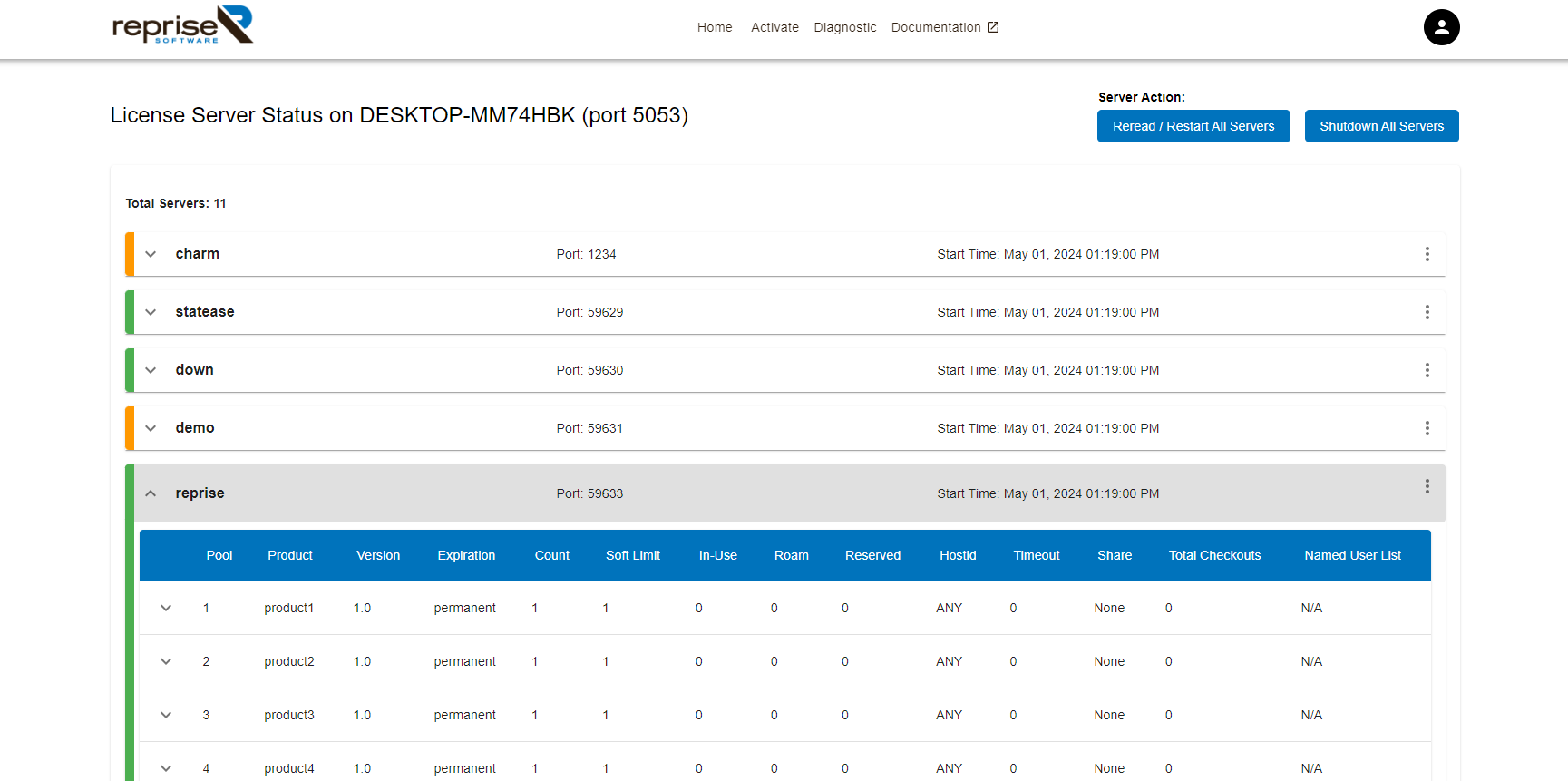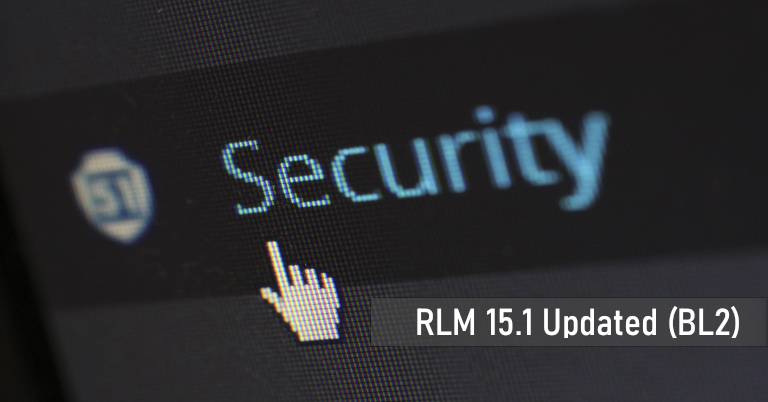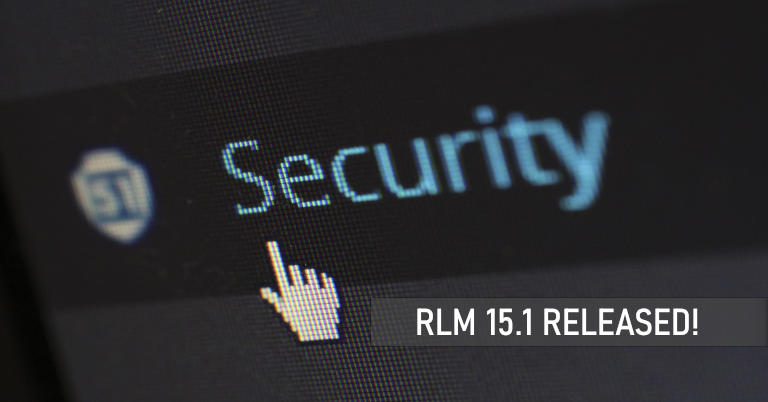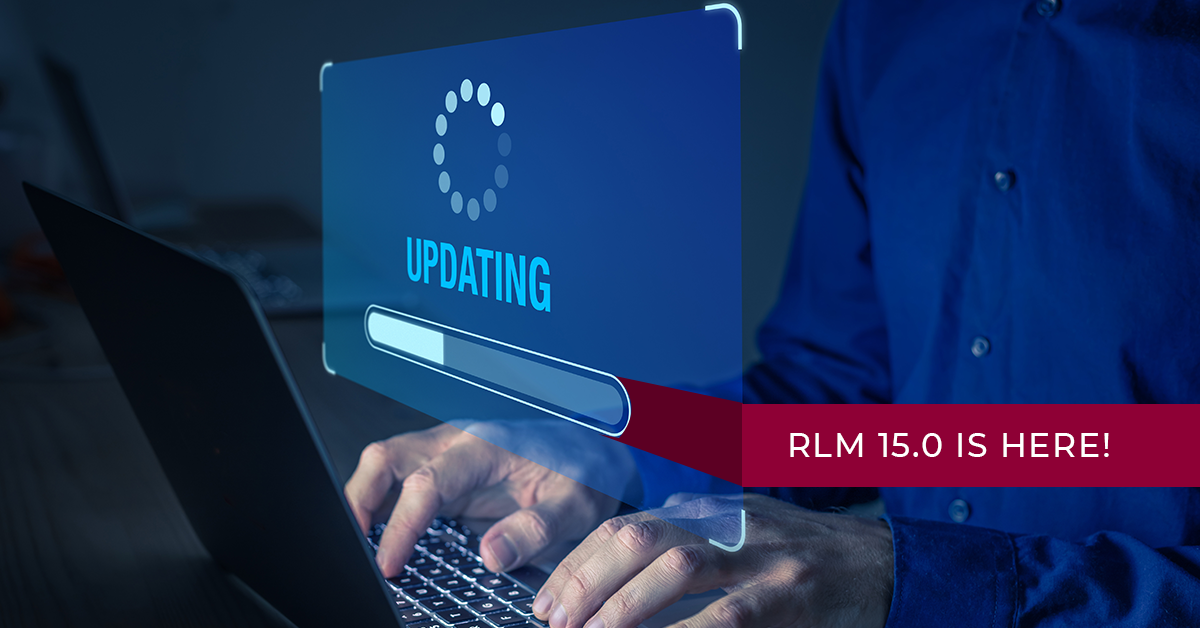The latest major release of RLM is finally here! Version 16.0 brings an all new web interface with many enhancements over the previous interface, and fixes multiple vulnerabilities related to the web interface.
New Features Include:
- All-new Redesigned UI/UX
- Most server functions now available directly from home page.
- New Login System
- User accounts have been moved from rlm.pw and are now handled within the web server.
- Account creation now performed through web UI.
- Server diagnostics
- Now viewable directly through the web UI.
- Option to download diagnostics file to local machine.
- HTTPS Access Now Default
- RLM will generate a self-signed certificate and key if no certificate is provided by user.

See the RLM Web Server section of the documentation for detailed information.
Vulnerabilities Fixed:
- CVE-2018-15574
- CVE-2021-37500
- CVE-2021-44154
- CVE-2021-45422
- CVE-2022-28363
- CVE-2022-28364
- CVE-2022-30519
- CVE-2023-43183
- CVE-2023-44031
Bug Fixes:
- Activation URL incorrectly shortened when using RLM web UI to activate a license
- Cookie issues with Safari browser
Important Notes:
- The rlm.pw file is no longer used for access control to the web interface, this is now controlled within the web server. See Access Control to the Web Interface.
- The following functions are not currently available (coming in v16.1 this fall).
- Metered licenses
- Alternate Server Hostid
- License Transfer
See the What’s New for all the details.
We hope you and your customers find this RLM release a welcome improvement!
If you are not a customer yet, request a free trial or contact us at sales@reprisesoftware.com.











